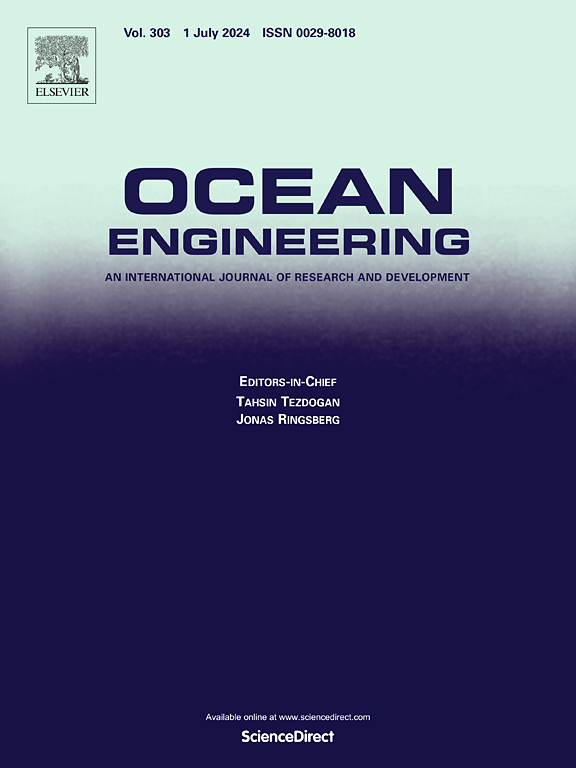Development of marine accident probability prediction model for pleasure boats using ship accident database in central part of Seto Inland Sea
IF 4.6
2区 工程技术
Q1 ENGINEERING, CIVIL
引用次数: 0
Abstract
Understanding future marine accident risks is a critical challenge for maritime safety. Approximately 50% of marine accidents in Japan involve pleasure boats (PBs), small ships used for marine leisure. Previous studies have primarily analyzed the causes and trends of marine accidents involving larger vessels. Effective maritime safety management requires predicting future accidents and identifying conditions that contribute to these incidents. This study developed a predictive model using Light Gradient Boosting Machine to estimate the monthly probability of PB marine accidents in the central part of the Seto Inland Sea, Japan's highest incidence area. The model utilized 2986 PB marine accidents (2005–2021), sea area characteristics, vessel traffic density, and weather conditions to learn patterns of marine accident occurrence for each approximately 10 nautical mile square. The prediction accuracy indicated that the results generally aligned with the actual incident rates. Additionally, the Shapley Additive exPlanation, an interpretation method for artificial intelligence models, reveals that in areas with a high predicted probability, the number of islands and vessel traffic density were the main crucial factors. The results of this study can effectively aid port authorities and rescue organizations in optimizing the season and area selection for safety activities and rescue vessel deployment.
求助全文
约1分钟内获得全文
求助全文
来源期刊

Ocean Engineering
工程技术-工程:大洋
CiteScore
7.30
自引率
34.00%
发文量
2379
审稿时长
8.1 months
期刊介绍:
Ocean Engineering provides a medium for the publication of original research and development work in the field of ocean engineering. Ocean Engineering seeks papers in the following topics.
 求助内容:
求助内容: 应助结果提醒方式:
应助结果提醒方式:


